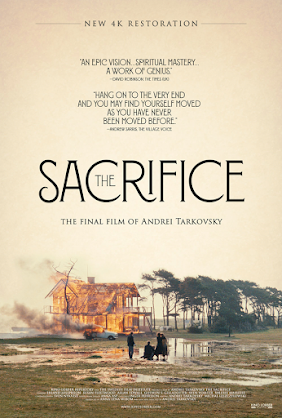Introduction to film studies- Notes
Introduction to film studies - Notes
Krutika Shinde
Films started in the 19th century. It had been a dynamic medium.
It has been a dynamic medium.
Cinema is an opportunity for thought.
Commercial narrative cinema is the most dominant as it tells stories in a specific chain.
There are two types of cinema: Narrative and non-narrative cinema.
Most films come from Hollywood but the largest film industry s not just the United States of America, India is also one of the largest film industries in the world. It produces 800-900 films per year, mainly Hindi. These productions include huge stars and musical numbers which emerge from Bollywood.
Movements such as Italian neolism were made into narrative films. Cinema associated with national liberation, feminist cinema, and queer cinema, all depend upon the use of non-professional actors to explore everyday life and into the lives of people who exist in these social and political movements.
Studying film is to assume various aspects and to expect something out of it. It makes us examine, compare, challenge and historicize our assumptions and opinions about films.
Cinema is an art. From realism's point of view, the director sets up an image that has a long take which also has a long duration with space. It engages the viewers as it makes them gaze because of its reality.
Montage grabs the viewer's attention through editing, finding gaps or lose associations, supplying details, insisting on meanings, and didactically leading the way.


Comments
Post a Comment